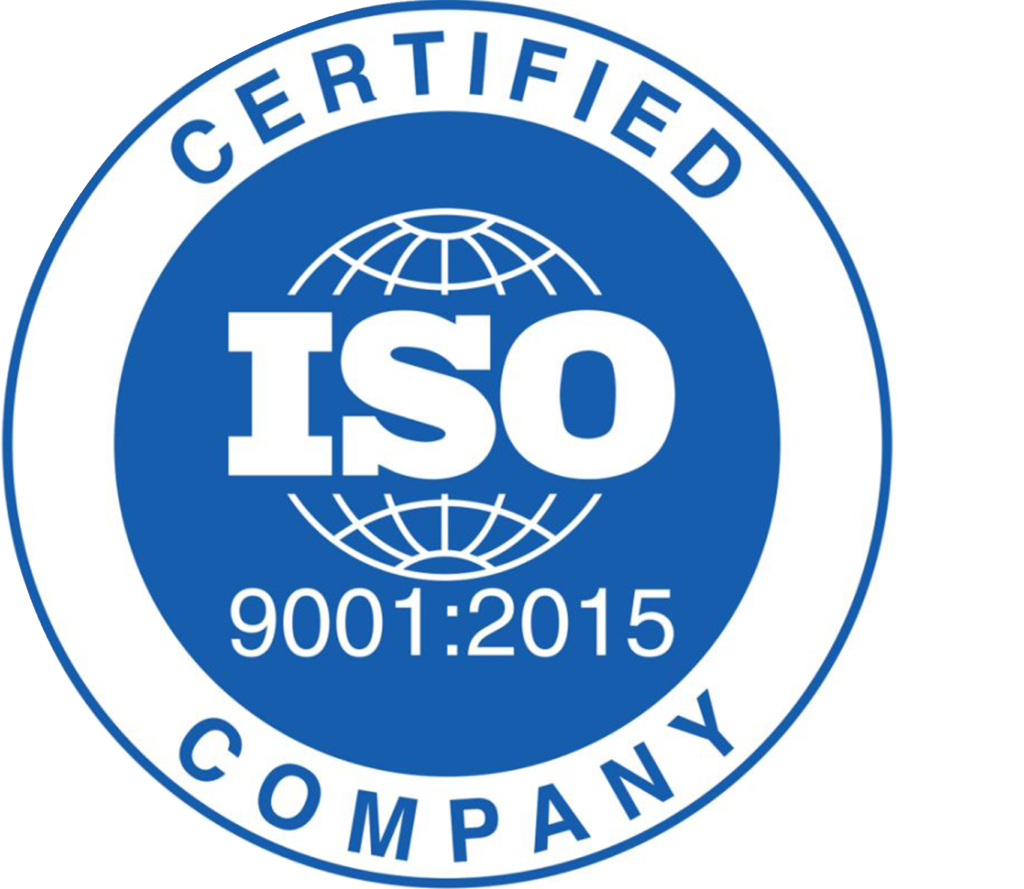Which Is Better CSV Or Excel? CSV (Comma-Separated Values) and Excel (.xls or .xlsx) are two distinct file formats used for storing and organizing data. In a CSV file, data is represented in plain text format with values separated by commas, typically without any formatting.
On the other hand, Excel files organize data into a structured format with rows and columns, allowing for more complex data organization and manipulation. Excel also offers extensive formatting options, enabling users to customize how data appears according to their specific needs.
This article contains the following:
- Which Is Better CSV Or Excel
- Difference Between Csv And Excel
- Pros And Cons Of CSV Vs Excel
- Where Are CSV And Excel Files Used?
Which Is Better CSV Or Excel: What Is The Difference Between CSV And Excel?
| Features | CSV | Excel |
| File Format | Plain text file | Binary file format (.xls, .xlsx) |
| Data Storage | Stores data using comma separators | Supports complex data types, including images |
| Data Types | Stores plain text data | Stores text, numbers, formulas, and formatting |
| Accessibility | Can be opened in any text editor | Requires Microsoft Excel or compatible software |
| Data Manipulation | Limited; primarily for basic data storage | Extensive; supports data analysis and charts |
| External Linking | Not directly possible | Easy to link with external data sources |
| File Size | Smaller | Larger, especially with extensive datasets |
| Common Use Cases | Data analysis, database exports | Spreadsheets, financial modeling, reporting |
| Data Structure | Stores data as plain text | Stores data in cells arranged in rows and columns |
| Compatibility | Widely compatible across platforms | Requires Microsoft Excel or compatible software |
| Features | Limited to storing data | Rich in features like formulas, charts, and macros |
| Scalability | Handles large datasets efficiently | May slow down with very large datasets |
| Usage | Preferred for data interchange | Ideal for data analysis and reporting |
| Editing | Requires external tools for editing | Built-in tools for editing and data analysis |
| Storage Size | Compact and lightweight | Larger file sizes due to embedded features |

Which Is Better CSV Or Excel: What Are The Pros And Cons Of CSV Vs Excel?
Here are the pros and cons of CSV vs Excel:
CSV Pros and Cons
Pros:
- Lightweight and simple format.
- Ideal for data interchange between applications.
- Easily readable and editable with basic text editors.
- Compact file size, which saves storage space.
- Compatibility with a wide range of platforms and systems.
Cons:
- Limited functionality; lacks support for complex calculations and formatting.
- Doesn’t support formulas, macros, or multiple sheets within one file.
- Data integrity issues can arise due to manual handling errors.
Excel Pros and Cons:
Pros:
- Powerful spreadsheet application with extensive functionalities.
- Supports complex calculations, formulas, charts, and graphs.
- Enables automation through macros and VBA scripting.
- User-friendly interface for data visualization and analysis.
- Integrated with other Microsoft Office applications.
Cons:
- Larger file sizes, especially with extensive formatting and embedded objects.
- Compatibility issues when sharing across different operating systems.
- Higher cost for licensing, compared to free or open-source alternatives.
Where Are CSV And Excel Files Used?
CSV (Comma-Separated Values) and Excel files (.xls or .xlsx) are used in various contexts depending on their specific advantages, and they are as follows:
CSV (Comma-Separated Values)
CSV is ideal for simple data storage, exchange, and programming tasks where structure and formatting are not critical.
- Data exchange: CSV files are commonly used for exchanging data between different applications and systems due to their simplicity and universal compatibility.
- Data storage: They are often used for storing large datasets in a plain text format that is easy to create, read, and edit with basic text editors or spreadsheet software.
- Database import/export: Many databases and data management systems support CSV format for importing and exporting data efficiently.
- Programming: CSV files are widely used in programming for data manipulation, processing, and analysis using languages like Python, R, and SQL.
- Web applications: CSV files are frequently used in web applications for exporting and importing structured data, such as user lists, product catalogs, and financial records.

Excel (.xls or .xlsx)
Excel is preferred for complex data analysis, reporting, and tasks requiring detailed formatting, formulas, and interactive data manipulation.
- Data analysis: Excel is extensively used for data analysis, visualization, and reporting due to its powerful features like formulas, charts, pivot tables, and macros.
- Business and finance: It is commonly used in business environments for financial modeling, budgeting, forecasting, and tracking business performance.
- Project management: Excel is used for creating project plans, timelines, and tracking progress with its row-and-column format.
- Data entry and management: It serves as a tool for data entry and management where structured data organization and manipulation are required.
- Reporting: Excel is often used to generate reports, presentations, and dashboards that require detailed data formatting and presentation features.
So, Which Is Better? CSV or Excel?
Choosing between CSV and Excel depends entirely on your specific needs and the nature of the data you are working with:
- Choose CSV if you need a simple, lightweight format for data interchange or storage across different platforms.
- Choose Excel if you require advanced features such as complex calculations, graphical representations, and extensive data manipulation capabilities.
While CSV is great for straightforward data transfer and compatibility, Excel shines in scenarios where data analysis and visualization are paramount. The choice ultimately is dependent on the complexity of your data tasks and the tools you have at your disposal.
Ultimately, both CSV and Excel serve distinct purposes in data management. The decision hinges on balancing your requirements for functionality, ease of use, and compatibility with your workflow and tools.
For more information, visit us here!





